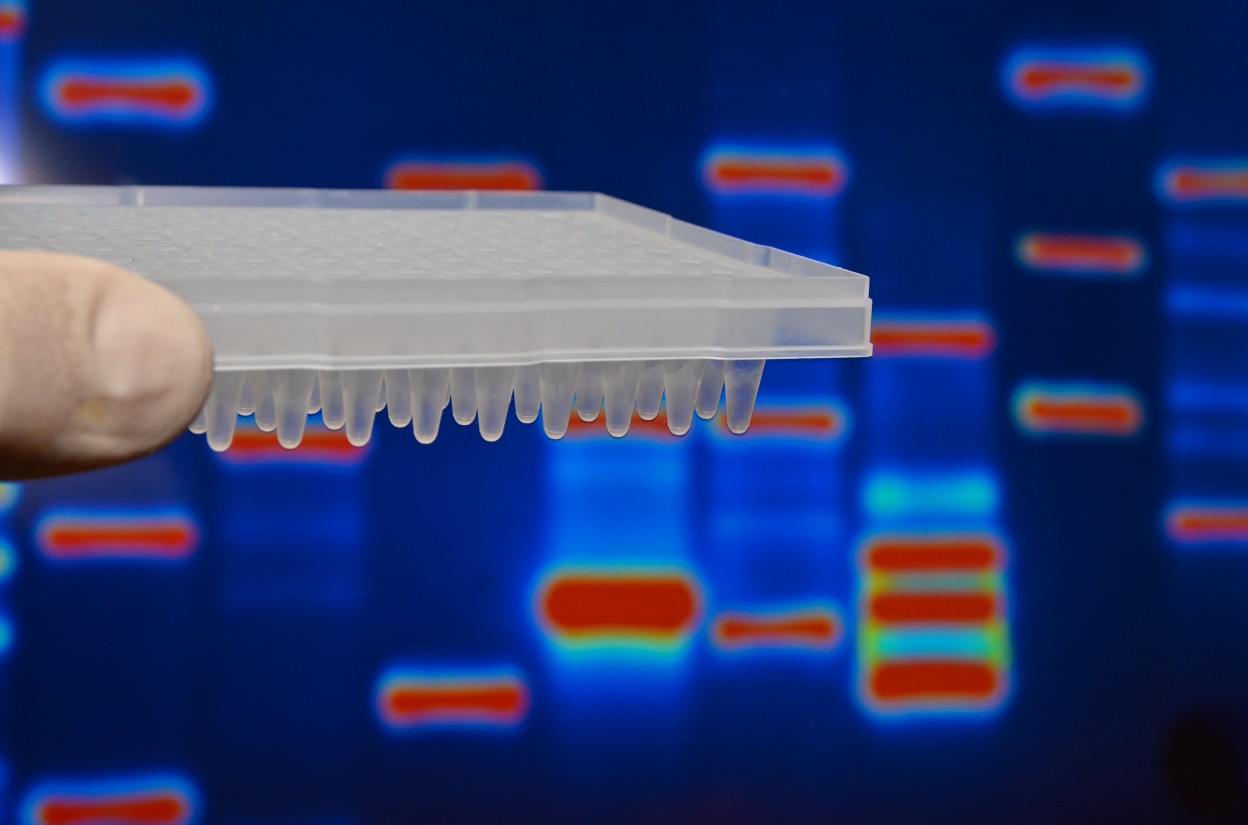Analysis of Mutant Proteins Helps Understand Disease Mechanisms in AADC Deficiency
Written by |

A new study has begun to unravel how heterozygous mutations in aromatic l-amino acid decarboxylase (AADC) deficiency patients affect protein function at the molecular level, providing evidence for a complementary function when the mutations R347Q and R358H both are present.
The study, “Heterozygosis in aromatic amino acid decarboxylase deficiency: Evidence for a positive interallelic complementation between R347Q and R358H mutations,” was published in IUBMP Life.
AADC deficiency is a rare disorder caused by mutations in the DDC gene. Over 100 people have been diagnosed worldwide, and nearly 40 disease-causing mutations have been identified in these patients.
Most of these mutations (63%) have only been reported in homozygous patients — meaning that the same mutation is present on both copies of the gene (one copy from each of the patient’s parents). However, some mutations (37%) have been reported to coexist with different DDC mutations, termed heterozygous.
All DDC mutations that are associated with AADC deficiency ultimately impair the function of the AADC enzyme, but not all the mutations work the same way.
Some mutations affect the way the AADC protein folds, which leads to it being destroyed by the cell’s recycling machinery too quickly; others affect the ability of the enzyme to bind to its intended target and carry out its function — catalyzing steps in the production of dopamine and serotonin.
Although a fair amount is known about the effects of some common DDC mutations, studies almost always use homozygous models. This allows for easier control of experiments, but risks missing the ways in which having two different mutations simultaneously might lead to interactions with unforeseen consequences.
This is particularly true because the AADC protein often functions as a dimer, meaning two protein molecules are necessary for it to do its job.
Therefore, in heterozygous patients, it’s likely that two AADC molecules with different mutations would end up getting paired up, forming what is called a heterodimer (as opposed to a homodimer, in which both proteins in the pair are identical). Understanding the consequence of such events could help better understand these patients’ diseases.
The researchers focused on the combination of the mutations R347Q and R358H. R347Q is a relatively common AADC deficiency-associated mutation that affects catalytic activity but not protein folding, and it is often found in heterozygous patients. R358H is less well-studied.
The researchers also attempted to study the R347 mutation in combination with another better-understood mutation — R160W — but were unable to purify enough of this heterodimer for further study.
The investigators engineered cells to express protein mutants, then purified the dimers from these cells for analysis.
Using advanced biochemical analyses, they determined that AADC protein with the R358 mutation behaved quite differently from the normal protein, both in terms of its catalytic ability and its folding.
Interestingly, the dimer of R347Q and R358 behaved more similarly to the normal dimer than the homozygous R358 dimer.
Studying models of these dimers in detail, the researchers suggested that this effect may be due to a more functional active site — where the enzyme binds to its substrate to do its job. They also suggest that this finding may have consequences for patients.
“This could imply that compound heterozygous patients harboring the R347Q and R358H mutations could have a milder phenotype than that of homozygous patients bearing the R347Q or R358H mutations,” the researchers said.
There are currently too few known cases of AADC deficiency for such an association to be anything but theoretical, yet understanding this disease at the molecular level may ultimately help with prognoses and even treatments.




